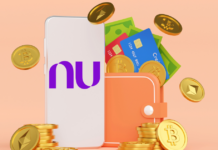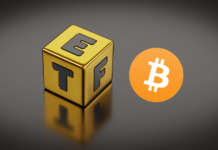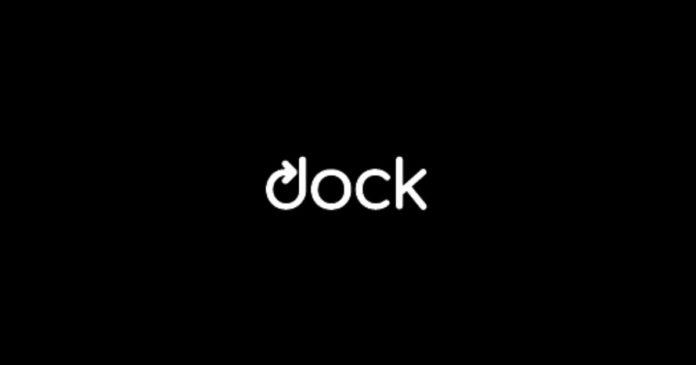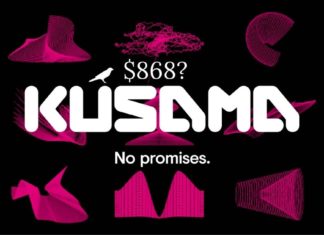Dock.io is in the business of credentialing. Credentialing answers questions like:
-
Is the doctor who will operate on me at this hospital board certified?
-
Did this factory pass health & safety compliance tests?
-
Or Is there an easier way to provide your necessary personal information for KYC for a bank or financial app?
We’ve covered digital identity often in recent articles and videos. We see it as one of the best use cases for blockchain. Identity and credentials are closely linked due to the personal information in both. Dock.io focuses on credentials. It uses the immutable nature of the blockchain as a way to preserve information. And these credentials conform to Web 3 W3C standards.
What Is Dock?
Dock has two entities: Dock Labs and the Dock Association. Labs is where the development team works. The Association is a non-profit based in Switzerland that oversees the roadmap and governance questions. The Association is likely to evolve into a DAO in the future.
Dock is a PoS network that works in what seems like 2 layers. Really, these are combined as one but this helps explain what’s going on more clearly.
One is the blockchain layer. On this layer, a doctor can create a DID (decentralized ID) with personal information like:
- his or her resume
- Degrees
- and credentials that say he’s board-certified to perform surgery and do so at Hospital X.
Or the hospital can upload the DID for him after the doctor creates it. But there’s a second layer just for Hospital X. Hospital X can grant, deny, or revoke a doctor’s credentials.
Now, why would Hospital X want to do that?
Well, situations change. If our surgeon gets a DUI and loses his board certification, then he would lose his privileges at the hospital too, right? And thus this credentialing layer would change from approved to revoked.
Crypto Transaction is Verifying the Credentials
Now the immutable blockchain layer stays the same. The information on the doctor’s resume, degrees and the fact he is (or was) working at Hospital X all stay the same. That information is already safe in a block as part of his DID. And future employers for our surgeon will get to see all that information including that he had privileges and they were revoked.
In reality, it’s not two layers. The issuer (the hospital) owns the wallet. They sign the transaction as either an approval or revocation of credentials when someone asks about our surgeon’s credentials or DID. The hash from the digital signature is the only thing kept on-chain. The doctor still owns his DID with all his personal information. That’s kept off-chain in the doctor’s Dock wallet. And the doctor can control who accesses his DID.
This point is important and potentially confusing. Just because Hospital X can revoke privileges does NOT mean they can go into the blockchain and change the information already in a block. Only the doctor himself can change the doctor’s DID. The immutability and censorship-resistant benefits of blockchain are in effect with Dock. Those benefits are enhanced as something like work status via credentialing can be changed but the base information in the existing block cannot.
Dock is using blockchain for all the right reasons. And this issue shows us why credentialing on the blockchain can be difficult and needs to be done right.
Their Utility Token
And what powers the information on the blockchain and for issuers to sign credentials? Its own $DOCK token. In fact, you can’t have a DID (decentralized ID) on Dock without it. All transactions require the token. They also use it for governance and for staking.
The $DOCK token is very important. In fact, Dock.io has USD-paying customers that pay for API calls to the credentialing layer. But you can only make changes to the credentialing layer like revoking someone’s hospital privileges using the $DOCK token to pay for the network’s use.
We are going to dive deeper into Dock.io including tokenomics and all but first, we just wanted to introduce them to you.
Dock Price Activity
$DOCK currently trades at $0.077 with a total supply of 1 billion tokens. DOCK self reports a circulating supply of 700 million tokens giving it a liquid market cap of $53.9 million. In a rare feature in crypto, $DOCK is available through a direct buy from the company. You can also buy through Binance, Gate.io, Huobi, Kucoin, AAX, Hotbit, WazirX, and CoinDCX.
Moreover, for more great info, join us on Telegram to receive free trading signals.
Above all, for more cryptocurrency news, check out the Altcoin Buzz YouTube channel.
Disclaimer
The information discussed by Altcoin Buzz is not financial advice. This is for educational, entertainment, and informational purposes only. Any information or strategies are thoughts and opinions relevant to the accepted levels of risk tolerance of the writer/reviewers and their risk tolerance may be different than yours. We are not responsible for any losses that you may incur as a result of any investments directly or indirectly related to the information provided. Bitcoin and other cryptocurrencies are high-risk investments so please do your due diligence. This article has been sponsored by Dock.io. Copyright Altcoin Buzz Pte Ltd.




























